Farrington Historical Foundation Celebrates Renovation of Historic Barn
October 30, 2011 was an exciting day at Farrington Historical Foundation headquarters in San Jose. It marked the completion of a four month-long project to renovate the 100-year old barn on the Farrington estate, rescuing the historic structure from decay and ensuring that it will last at least another century.
The barn was once a center of activity on the Kirk-Farrington Ranch, a 1,000-acre fruit orchard in what is now San Jose’s Dry Creek Road neighborhood. Though its date of construction is unknown, Farrington archive photos show the barn standing in an open field in the mid 1800s It certainly predates the Kirk-Farrington House, which was built in 1878.
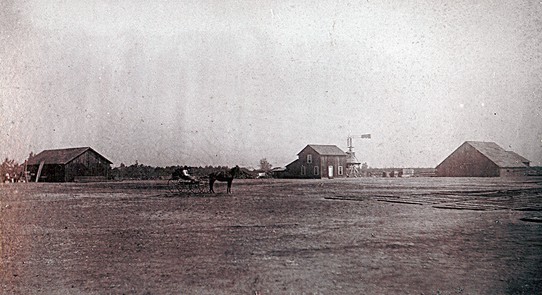
The building was modified and added to over the years, and served evolving uses as the lives of the Kirk and Farrington families changed. The barn initially housed farm equipment, wagons, horses, cows, work crews, and animal feed. Later, it became a carriage house for the family’s carriages. More recently, it was used as a garage for Theo Farrington’s Lincoln Continental and Dorothy Farrington’s beloved black London Taxi Cab.
But the years took their toll on the redwood barn. It was originally built on dirt with no foundation, so over time, the entire perimeter had become riddled with termites and dry rot.
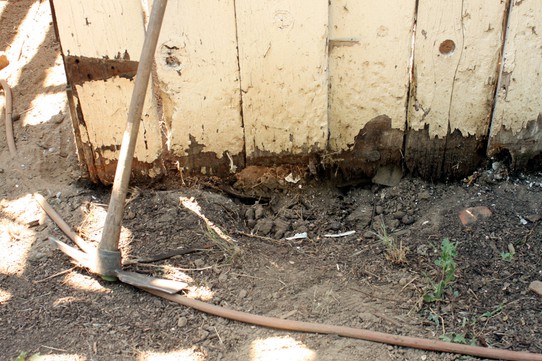
Main support beams were seriously damaged, causing the building was sag and list dangerously. The roof on the west side had entirely rotted away due to falling debris, leaving the west room open to flooding every time it rained.
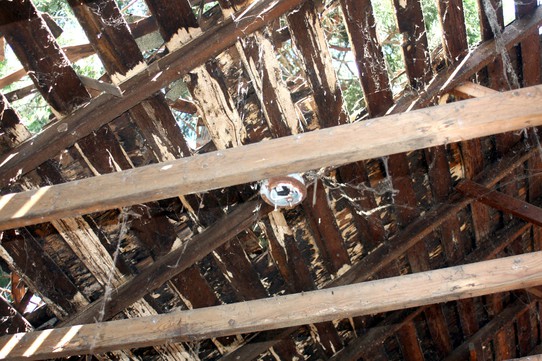
Squirrels and other animals had moved inside the barn, making nests among the debris. A hive of wild honeybees had even infiltrated one of the walls, filling it with honeycomb and honey.
Chartered with preserving the Kirk-Farrington estate as an example of San Jose’s orchard heritage, the Farrington board of directors began exploring options for saving the barn in November, 2010. They contracted Mark Sandoval, an architect specializing in historic restoration and preservation, to scope out the project. Mark proposed a restoration that would repair damage to the barn while preserving as much of the original material used to build it as possible. The idea was to stabilize the structure and prevent further deterioration. Mark ushered his plans through the City of San Jose’s historic preservation commission to ensure that all City guidelines for restoring this historic building were met, and he oversaw every phase of the project.
Next came the choice of a contractor to perform the work. After a long interview and selection process, the board chose Garden City Construction of San Jose. Garden City is well-known for many successful projects renovating and restoring historic buildings in downtown San Jose and Santa Clara Valley.
It was amazing to see the project unfold. The plan called for raising the entire structure five feet off of the ground so that the crew could put in a proper concrete foundation. Kelly Brothers House Movers strapped the building together with steel girders, then gently raised it off the ground with hydraulic lifts.
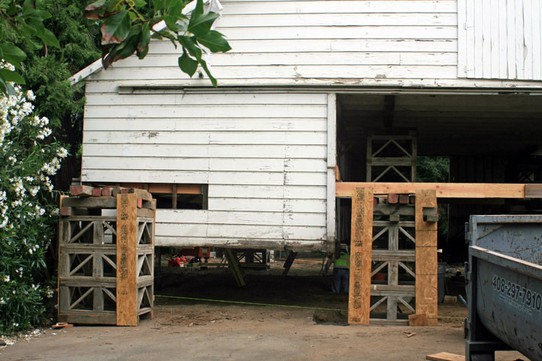
There it floated for about six weeks, allowing enough headroom for the crew to dig footings, reinforce them with rebar, and pour ten cement truckloads of concrete inside to create the new foundation.
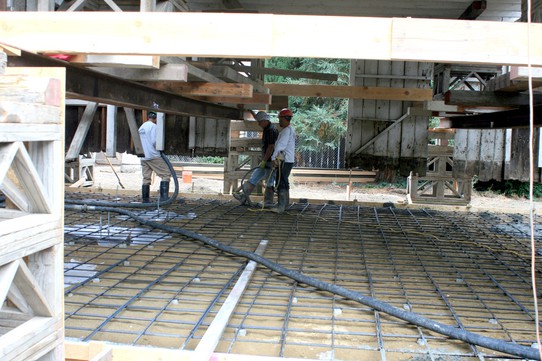
Once the foundation was ready, the barn was gently lowered back into place and secured with earthquake-proof strapping.
Other project milestones included replacing all rotten wood inside the barn and installing a new galvanized the roof and rain gutters.
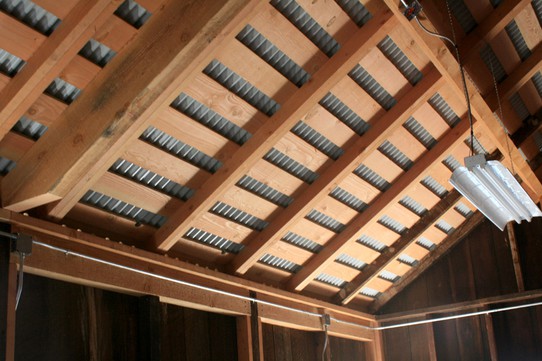
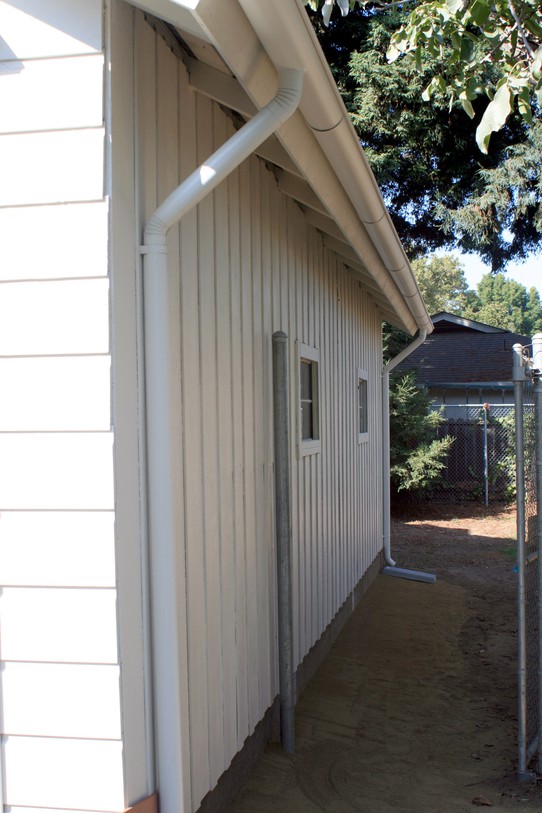
The original sliding doors were carefully restored and rehung. Following EPA guidelines, the old lead paint was sanded, feathered, and sealed before the barn received its new coats of paint.
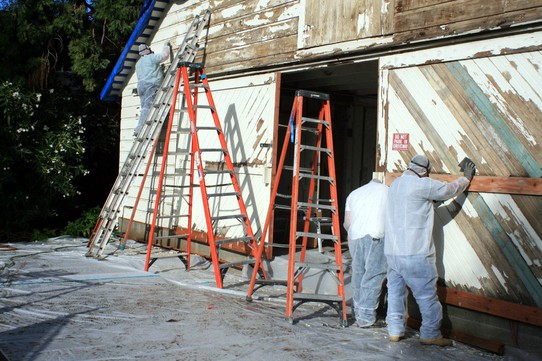
All of the wiring in the barn was replaced and lighting was upgraded. And drainage problems around the perimeter were corrected to keep the barn high and dry in wet weather.
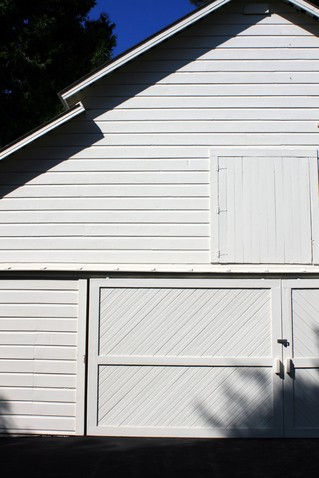
Our old barn is one of the few remaining original farm buildings in San Jose. The Farrington Historical Foundation is proud to have preserved it as a living legacy of our Valley’s agricultural past.